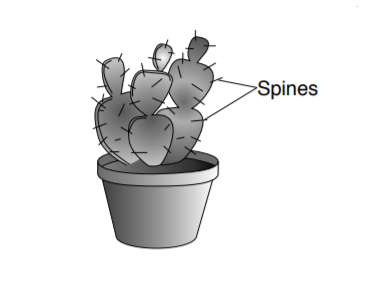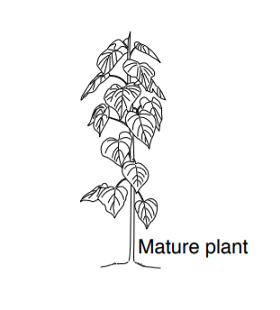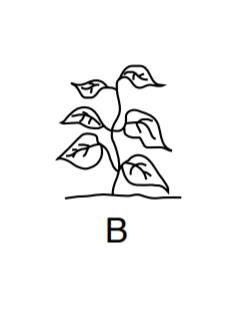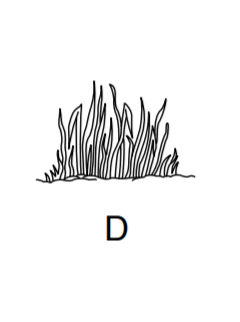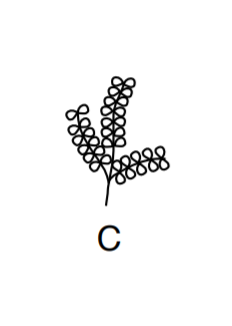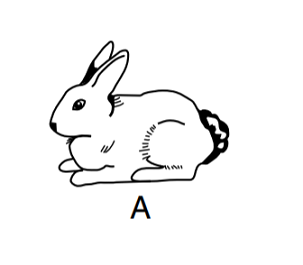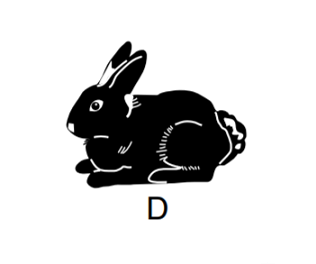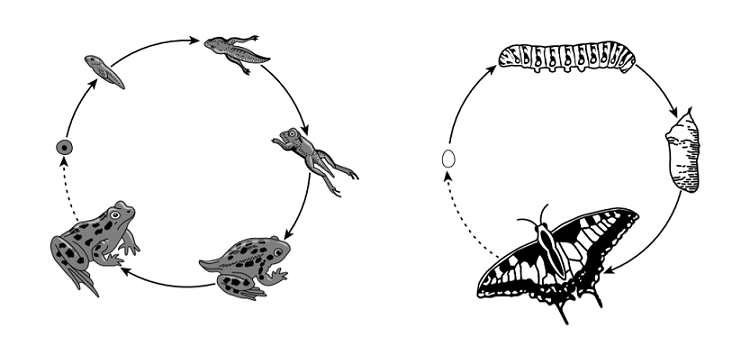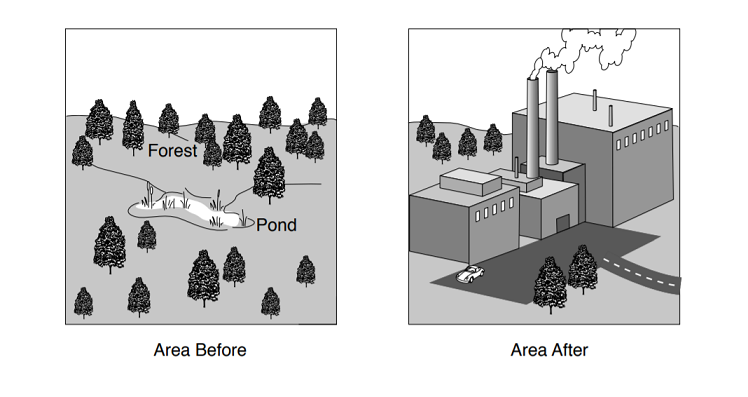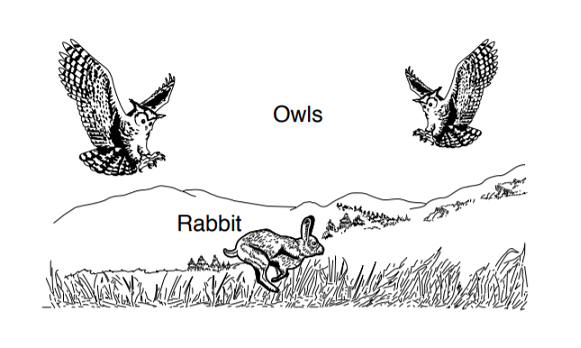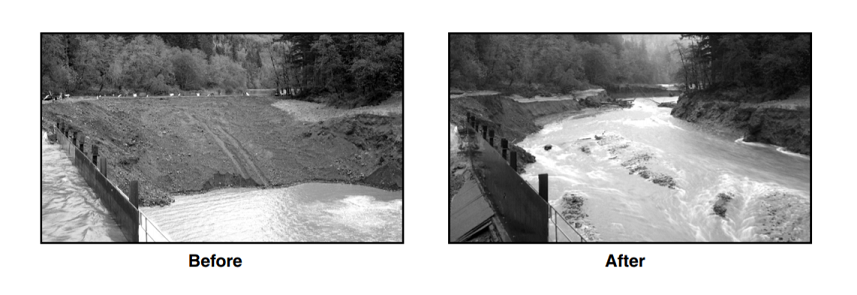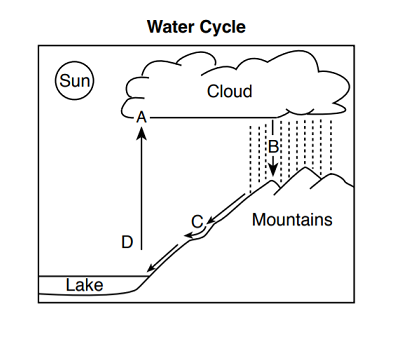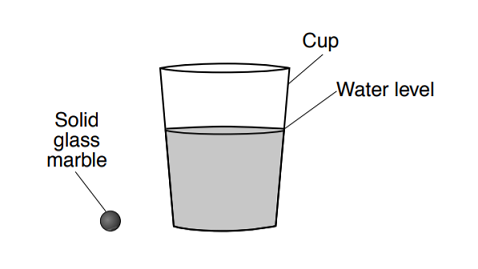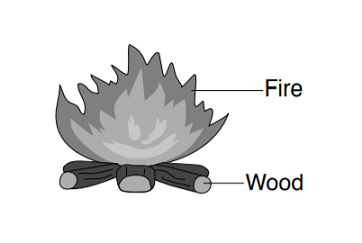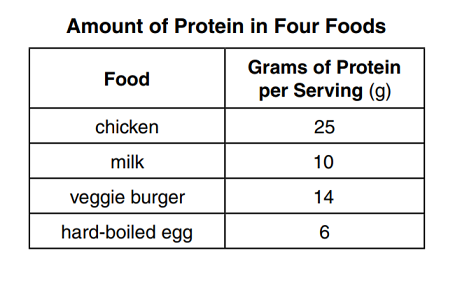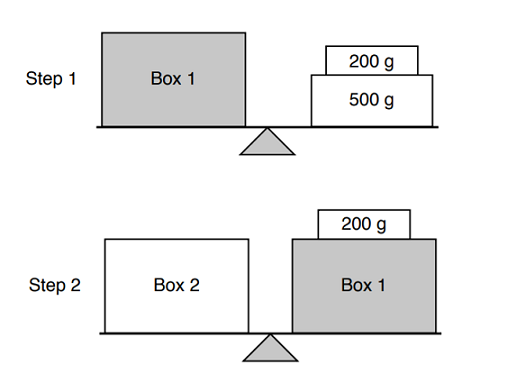Tip
Tap
a student's name
below to see what they need help with29 questions
Q.Which object is a NONLIVING thing that is made by humans?
1
60 sec
LE.1.1d
Q.The diagram below shows a cactus plant with spines.
The spines help the cactus plant to survive by
2
60 sec
LE.3.1c
Q.The diagram below shows a mature plant.
Which young plant is most likely an offspring of this mature plant?
3
60 sec
LE.2.2a
Q.In order to grow and thrive, all animals need water, air, and
4
60 sec
LE.1.1a
Q.The diagrams below show four rabbits. Which rabbit would have the best chance of survival in a snowy environment?
5
60 sec
LE.3.1c
Q.The diagrams below show the life cycles of a frog and a butterfly.
Based on the diagrams, which statement is correct?
6
60 sec
LE.4.1e
Q.Some animals can identify a mate by its bright colors. Which body structure is needed to sense color?
7
60 sec
LE.3.1a
Q.Which example shows an animal adapting to a seasonal change in its environment?
8
60 sec
LE.5.2f
Q.What happens to some animals as the seasons change from winter to summer in New York State?
9
60 sec
LE.5.2e
Q.The diagrams below show a forest area before and after a factory was built there.
Building the factory in this area most likely caused an increase in
10
60 sec
LE.7.1c
Q.Base your answer on the diagram of a food chain below and on your knowledge of science.
Which organisms are producers?
11
60 sec
LE.6.1a
Q.Base your answer on the diagram of a food chain below and on your knowledge of science.
In which order is energy transferred through a food chain?
12
60 sec
LE.6.2b
Q.The diagram below shows two owls and a rabbit.
Which interaction between the owls is shown in the diagram?
13
60 sec
LE.3.2a
Q.Which list includes three weather conditions?
14
60 sec
PS.2.1b
Q.Forest fires can have BOTH negative and positive effects. One possible POSITIVE effect of a forest fire is
15
60 sec
PS.2.1e
Q.How long does it take for Earth to revolve around the Sun one time?
16
60 sec
PS.1.1a
Q.The pictures below show the same area before and after water was released from a dam.
Which process happened more quickly because the water was released from the dam?
17
60 sec
PS.2.1d
Q.The diagram below shows the water cycle. Four processes in the cycle are labeled through
Which letter best represents runoff?
18
60 sec
PS.2.1c
Q.The diagram below shows a ball being measured with a metric ruler.
Which property of the ball is being measured with the ruler?
19
60 sec
PS.3.1c
Q.Which object will refl ect the most light?
20
60 sec
PS.3.1c
Q.The diagram below shows a solid glass marble and a cup with water in it.
When the marble is placed into the cup of water, the marble most likely will
21
60 sec
PS.3.1e
Q.A student removes a tray of ice cubes from a freezer on a warm day. The water in the tray is solid and cold. The student forgets to put the tray back into the freezer. The next day, the water in the tray most likely would be
22
60 sec
PS.3.1g
Q.Which two characteristics describe a gas?
23
60 sec
PS.3.2a
Q.The diagram below shows an open circuit. The bulb is NOT lit. Four places in the circuit are labeled 1, 2, 3, and 4. One wire has been connected between 1 and 3.
In order to light the bulb, another wire should be connected between
24
60 sec
PS.4.1e
Q.Which material is the best conductor of electricity?
25
60 sec
PS.4.1c
Q.Which force produces heat as the tires of a school bus rub against the
road?
26
60 sec
PS.4.1f
Q.The diagram below shows a wood fire burning.
Which form of energy does the wood contain so that the fire will burn?
27
60 sec
PS.4.2a
Q.Protein in foods helps the body to grow. The chart below shows the amount of protein per serving in four foods.
How much protein is in a meal of one glass of milk and one veggie burger?
28
60 sec
PS.3.2
Q.The diagrams below show how a student found the masses of Box 1 and Box 2 in two steps. The student used a balance, one mass, and one mass.
What is the mass of Box 2?
29
60 sec
M3.1a


